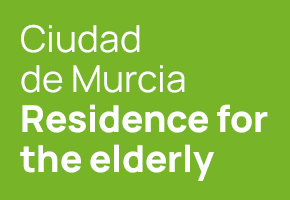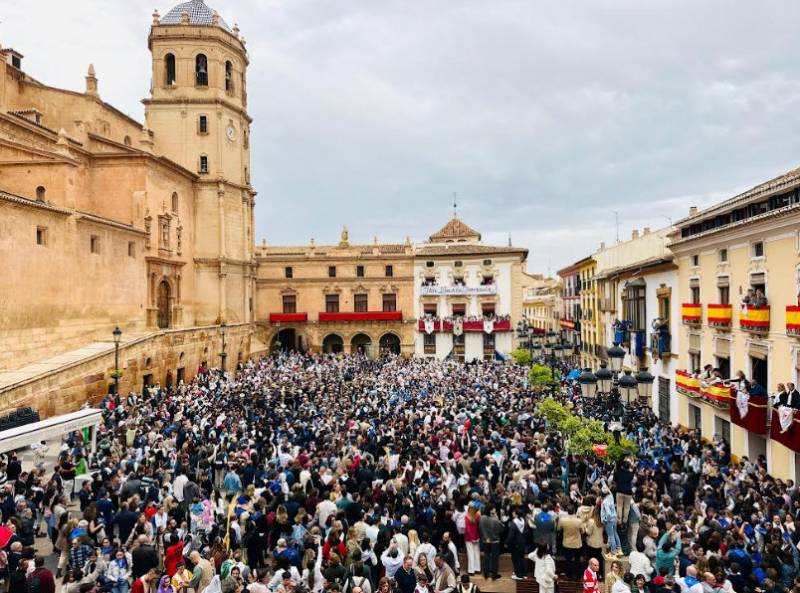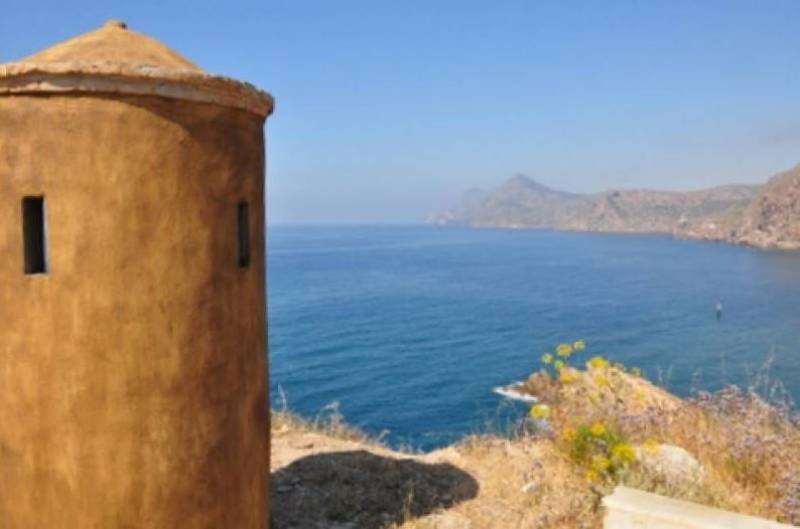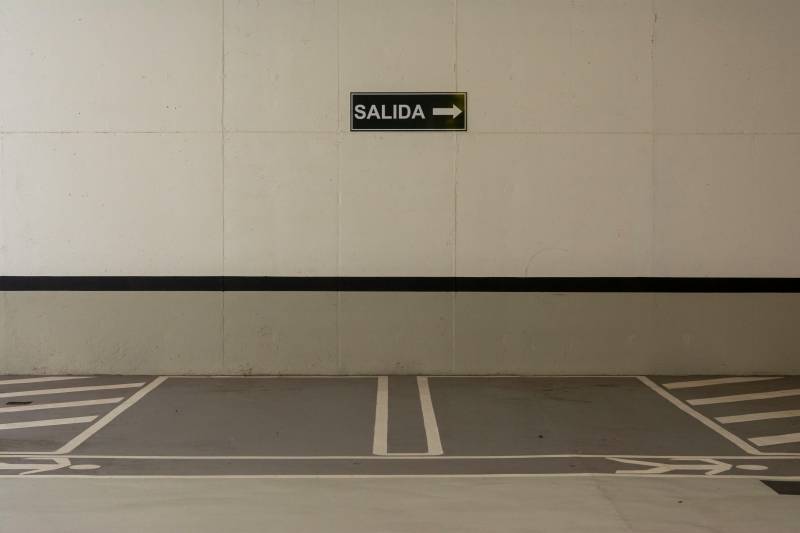- Region
- Águilas
- Alhama de Murcia
- Jumilla
- Lorca
- Los Alcázares
- Mazarrón
- San Javier
-
ALL AREAS & TOWNS
- AREAS
- SOUTH WEST
- MAR MENOR
- MURCIA CITY & CENTRAL
- NORTH & NORTH WEST
- TOWNS
- Abanilla
- Abarán
- Aguilas
- Alamillo
- Alcantarilla
- Aledo
- Alhama de Murcia
- Archena
- Balsicas
- Blanca
- Bolnuevo
- Bullas
- Cañadas del Romero
- Cabo de Palos
- Calasparra
- Camping Bolnuevo
- Campo De Ricote
- Camposol
- Canada De La Lena
- Caravaca de la Cruz
- Cartagena
- Cehegin
- Ceuti
- Cieza
- Condado de Alhama
- Corvera
- Costa Cálida
- Cuevas De Almanzora
- Cuevas de Reyllo
- El Carmoli
- El Mojon
- El Molino (Puerto Lumbreras)
- El Pareton / Cantareros
- El Raso
- El Valle Golf Resort
- Fortuna
- Fuente Alamo
- Hacienda del Alamo Golf Resort
- Hacienda Riquelme Golf Resort
- Isla Plana
- Islas Menores & Mar de Cristal
- Jumilla
- La Azohia
- La Charca
- La Manga Club
- La Manga del Mar Menor
- La Pinilla
- La Puebla
- La Torre
- La Torre Golf Resort
- La Unión
- Las Palas
- Las Ramblas
- Las Ramblas Golf
- Las Torres de Cotillas
- Leiva
- Librilla
- Lo Pagan
- Lo Santiago
- Lorca
- Lorquí
- Los Alcázares
- Los Balcones
- Los Belones
- Los Canovas
- Los Nietos
- Los Perez (Tallante)
- Los Urrutias
- Los Ventorrillos
- Mar De Cristal
- Mar Menor
- Mar Menor Golf Resort
- Mazarrón
- Mazarrón Country Club
- Molina de Segura
- Moratalla
- Mula
- Murcia City
- Murcia Property
- Pareton
- Peraleja Golf Resort
- Perin
- Pilar de la Horadada
- Pinar de Campoverde
- Pinoso
- Playa Honda
- Playa Honda / Playa Paraíso
- Pliego
- Portmán
- Pozo Estrecho
- Puerto de Mazarrón
- Puerto Lumbreras
- Puntas De Calnegre
- Region of Murcia
- Ricote
- Roda Golf Resort
- Roldan
- Roldan and Lo Ferro
- San Javier
- San Pedro del Pinatar
- Santiago de la Ribera
- Sierra Espuña
- Sucina
- Tallante
- Terrazas de la Torre Golf Resort
- Torre Pacheco
- Totana
- What's On Weekly Bulletin
- Yecla


- EDITIONS:
 Spanish News Today
Spanish News Today
 Alicante Today
Alicante Today
 Andalucia Today
Andalucia Today
Date Published: 15/04/2025
Why Spain’s Easter hoods look like the KKK – and why they’re nothing alike
The capes and pointed hats seen during Semana Santa may look sinister, but they have centuries-old Catholic roots
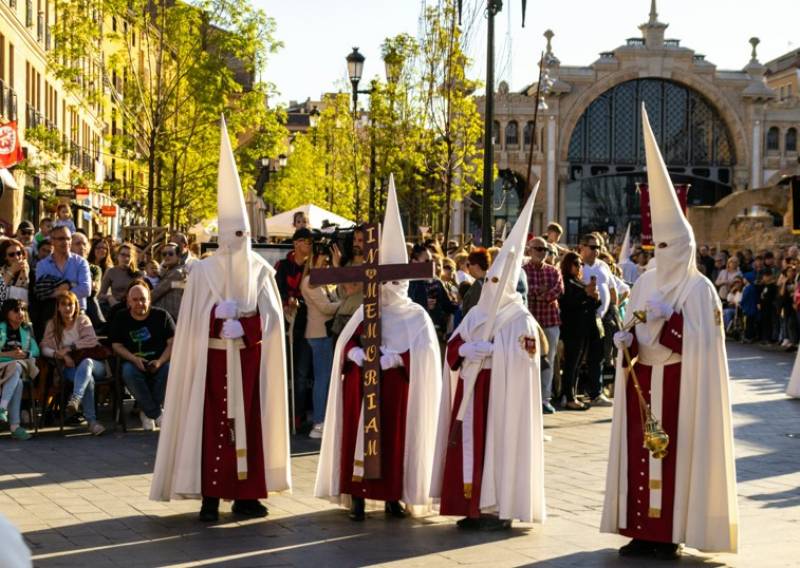 Visitors to Spain during Semana Santa (Holy Week) might be startled to see groups of people walking through the streets dressed in long robes and tall, pointed hoods. For those unfamiliar with Spanish customs, the resemblance to the uniform of the Ku Klux Klan in the United States can be unsettling.
Visitors to Spain during Semana Santa (Holy Week) might be startled to see groups of people walking through the streets dressed in long robes and tall, pointed hoods. For those unfamiliar with Spanish customs, the resemblance to the uniform of the Ku Klux Klan in the United States can be unsettling.But while the two styles may look alike, their histories and meanings could not be more different.
A penitential tradition with deep Catholic roots
In Spain, these robes and cone-shaped hats, known as capirotes, have been part of the Easter tradition for centuries. The outfits are worn by nazarenos, members of religious brotherhoods (cofradías), who take part in Holy Week processions to express penitence. The pointed hood is designed to conceal the identity of the wearer, allowing them to repent in anonymity.
The tradition dates back to the time of the Spanish Inquisition. Convicted men and women were once forced to wear a saco bendito (or “blessed robe”) and a coloured cardboard cone. Each colour signified a different sentence, with red indicating execution, being the most shameful of all. Other colours also carried specific meanings: black represented mourning, white symbolised purity (often for those who had confessed and repented), and green stood for hope; perhaps for those still seeking redemption.
Over time, these cones grew taller and came to fully cover the face, symbolising humility before God. This gave the wearer anonymity and allowed them to repent in public without the shame of being recognised. In the 17th century, brotherhoods in Seville revived the practice, not as a punishment but as an act of religious devotion. From there, it spread to other cities across Spain.
Although some early groups used flat-topped headpieces, the pointed capirotes became more common. Their shape is said to draw the penitent closer to heaven.
The KKK connection – or lack of one
So where does the confusion come from?
The Ku Klux Klan, the white supremacist organisation founded in 1865 in the American South, didn’t adopt a fixed uniform until much later. In its early days, members wore a range of disguises; from flamboyant robes and horse outfits to makeshift face coverings. Some even wore women’s dresses.
It wasn’t until 1915 that the KKK adopted the now-familiar white robes and pointed hoods, popularised by the film The Birth of a Nation. While it’s possible that capirotes provided some visual inspiration, historians believe the Klan’s uniform more likely drew from carnival costumes, circus attire and minstrel shows - in keeping with the theatrical nature of many of their rituals.
Regardless of the similarities, the roots of Spain’s Semana Santa garb pre-date the KKK by several centuries and are based in religious reflection, not racial hatred.
Nothing to fear this week
So, if you find yourself watching a Semana Santa procession this week and spot hooded figures carrying candles or crosses, don’t panic. What you’re witnessing is one of Spain’s oldest religious traditions, steeped in symbolism and intended to convey sorrow, faith and humility - not menace.
Image: Sebastián Valencia Pineda/Pexels
Loading
Sign up for the Spanish News Today Editors Roundup Weekly Bulletin and get an email with all the week’s news straight to your inbox
Special offer: Subscribe now for 25% off (36.95 euros for 48 Bulletins)
OR
you can sign up to our FREE weekly roundup!
Read some of our recent bulletins:
Discount Special Offer subscription:
36.95€ for 48 Editor’s Weekly News Roundup bulletins!
Please CLICK THE BUTTON to subscribe.
(List price 3 months 12 Bulletins)
Read more stories from around Spain:
Contact Murcia Today: Editorial 000 000 000 /
Office 000 000 000






